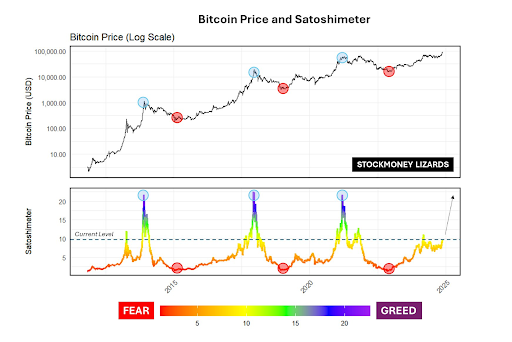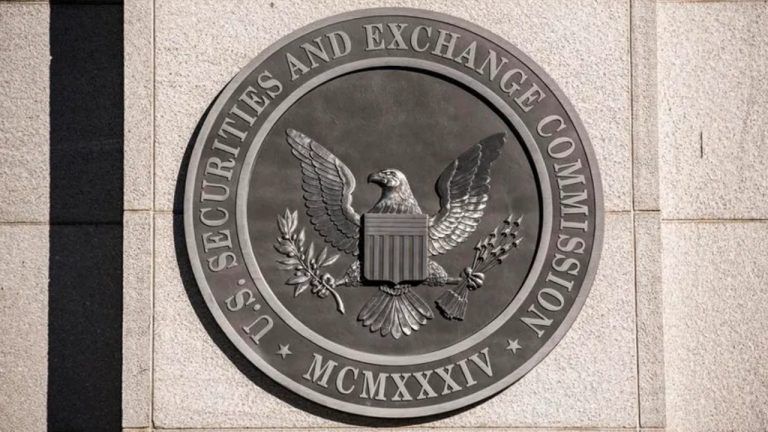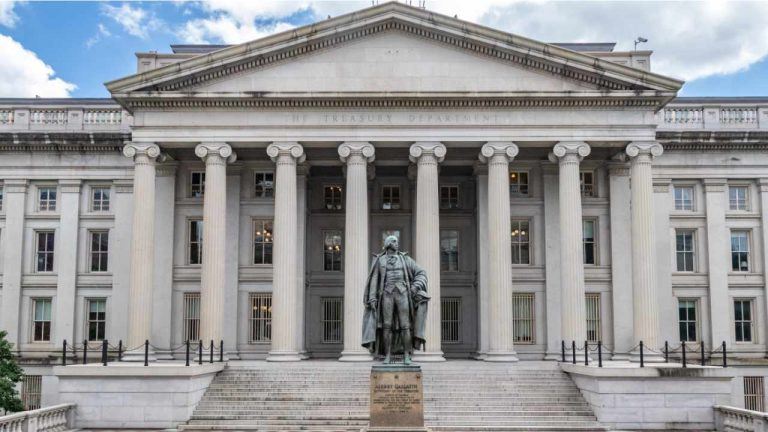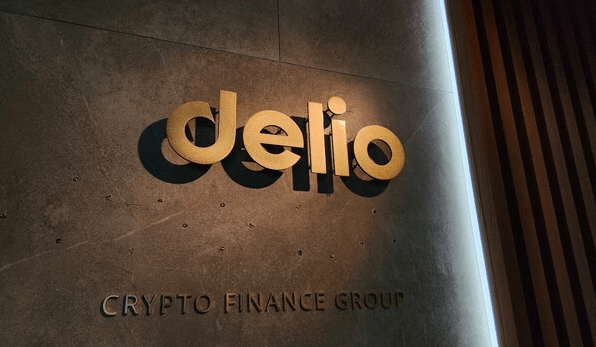
Are your coins at risk of being seized by an exchange in the future? Here are some factors to consider related to using centralized exchanges.
Disgraced cryptocurrency lender Celsius Network asked a court this month to return assets to its “custody clients,” but not to its “earn-and-borrow” customers. Wondering how to keep yourself in the former group when the crypto exchange you’re using goes under? Here’s a summary.
What exactly is a “custody client?” It’s similar in principle to a savings account with a traditional bank — often repayable upon demand by the custodian. In this case, it’s Celsius that has a fiduciary responsibility.
This type of account is kept separate from an “earn-and-borrow” account. It includes coins that can be transferred, swapped or used as loan collateral, but they don’t earn rewards. Purchased or transferred coins will go to your custody account. It is estimated Celsius has approximately 74,000 custodian accounts.
Related: Celsius, 3AC demonstrated why more financial activity needs to be on-chain
In contrast, coins in your earn-and-borrow account will earn rewards but can’t be swapped or used as loan collateral. This applies to stakers and — obviously — borrowers.
The bankruptcy court has scheduled a hearing for Oct. 6. The argument Celsius put forward is that custody clients retained “beneficial ownership” of their coins, so they don’t form part of Celsius’ bankruptcy estate.

Celsius follows Voyager Digital and Hodlnaut, which, on Aug. 29, were put under interim judicial management — “intensive care” in insolvency speak. And they will not, in my view, be the last during this crypto winter. Crypto carnage is underway, but the question is: What key lessons can be learned from Celsius’ downfall? Are your coins at risk of being placed in the “wrong kind of account” in the future? Let’s examine.
Related: Hodlnaut cuts 80% of staff, applies for Singapore judicial management
Celsius, founded in the United States in 2017, claimed to have 2 million users across the world as of June 2022. It had raised substantial sums from investors, estimated at $750 million as of late 2021. The company’s business model drew some parallels to a traditional bank — using the concept of fractional reserving — receiving deposits from crypto investors searching for a yield and, subsequently, providing loans to earn a margin, profits if you like. But what factors and events possibly contributed to Celsius’ demise into its unenviable position — the insolvency abyss?
Firstly, it seems as though Celsius’ strategy relied upon a continuous bull market to keep liquidity flowing — more new users depositing on the platform to satisfy the rewards and withdrawals of existing users. A Ponzi-type structure? Perhaps. A strategy orchestrated by leadership — most definitely. They decided to bet on either black or red, compounded by overall poor investment decisions. According to numerous sources, Celsius CEO Alex Mashinsky took control of Celsius’ trading strategy only a few months before its demise, often overruling experienced investment managers.
Related: Celsius CEO personally directed crypto trades months before bankruptcy
In addition, it often positioned itself as a high annual percentage yield (APY) provider relative to other decentralized finance (DeFi) platforms — particularly, its CEL tokens, where returns of 20% were being offered. This raises the question as to whether such rates were sustainable in a cyclical downturn. When lending out depositors’ crypto, it seems the risk profile of these borrowers was high — high in reference to credit and default risk. Traditional banks have had decades of experience and data to draw upon and refine their credit risk procedures before lending. I doubt Celsius had the same depth of expertise.
And then came the liquidity crunch came — similar to the run on the Northern Rock bank in the United Kingdom back in the 2008 financial crisis. Because of the concept of fractional reserving, no bank or lending institute is able to simultaneously satisfy withdrawal demands if a proportion of depositors all come calling at once. Celsius recognized this and thus froze withdrawals and trading activity as soon as the alarm bells rang.
On balance, whatever its fate, Celsius has contributed to the development and evolution of crypto and DeFi, akin to inventors whose ingenious inventions just fell short of commercial success. They played a vital role in the process and allowed others to succeed. Valuable lessons can be learned, and the teachings applied.
Related: Sen. Lummis: My proposal with Sen. Gillibrand empowers the SEC to protect consumers
Further mitigating factors reside in a series of crypto events — Terra’s LUNA Classic (LUNC) and TerraClassicUSD (USTC) crash and the BadgerDAO hack. Celsius had exposure to both, which culminated in a financial impact that punched holes in its balance sheet. Macroeconomic events of rising global inflation no doubt played a part. With a glut of “new money” printed by governments during the pandemic, its increasing velocity through the system coupled with supply chain issues only added more fuel to the crypto speculative bubble and bust.
So, what are three key lessons that can be learned from Celsius’ plight?
Firstly, whether you are a custody or earn-and-borrow account holder, it will come down to the facts — it’s not a matter of choice. While it will almost certainly boil down to a legal determination, in my opinion, the economic substance of your activity should be considered. Even then, I suspect Celsius will argue for a narrow definition of “custody” in this context, and don’t be surprised if there are clawback clauses. They have openly stated their intention to file a plan that will provide customers with an option to remain long crypto.
Secondly, it’s become a bit of a cliché, but the mantra of “not your keys, not your coins” rings true. The risks of custodial wallets are now apparent. Investors whose crypto is locked on a platform are more likely to suffer losses. Under insolvency laws, investors are classified as unsecured creditors, and even if they are a custody client, the probability is they will receive a fraction — if anything at all — of their portfolio value.
Related: What will drive crypto’s likely 2024 bull run?
Lastly, if an APY reward is too good to be true, then perhaps it is. In Celsius’ case, the problem was compounded by the offering of near sub-zero loan interest rates of 0.1% APY. Simple math suggests its business model was not robust at all.
Only time will tell what emerges from the rubble of this catastrophe. If history is to teach us anything, it is that bear markets are often the catalyst for attention to be focused on innovation and utility — the Web 1.0 and 2.0 dot.com era is testimony to this. Consolidation, mergers and acquisitions are definitely on the horizon, and with it will emerge the new Amazons and eBays of the cryptoverse.
This article is for general information purposes and is not intended to be and should not be taken as legal or investment advice. The views, thoughts, and opinions expressed here are the author’s alone and do not necessarily reflect or represent the views and opinions of Cointelegraph.

You can get bonuses upto $100 FREE BONUS when you:
💰 Install these recommended apps:
💲 SocialGood - 100% Crypto Back on Everyday Shopping
💲 xPortal - The DeFi For The Next Billion
💲 CryptoTab Browser - Lightweight, fast, and ready to mine!
💰 Register on these recommended exchanges:
🟡 Binance🟡 Bitfinex🟡 Bitmart🟡 Bittrex🟡 Bitget
🟡 CoinEx🟡 Crypto.com🟡 Gate.io🟡 Huobi🟡 Kucoin.




















Comments